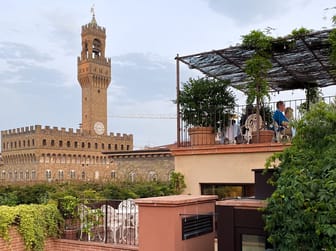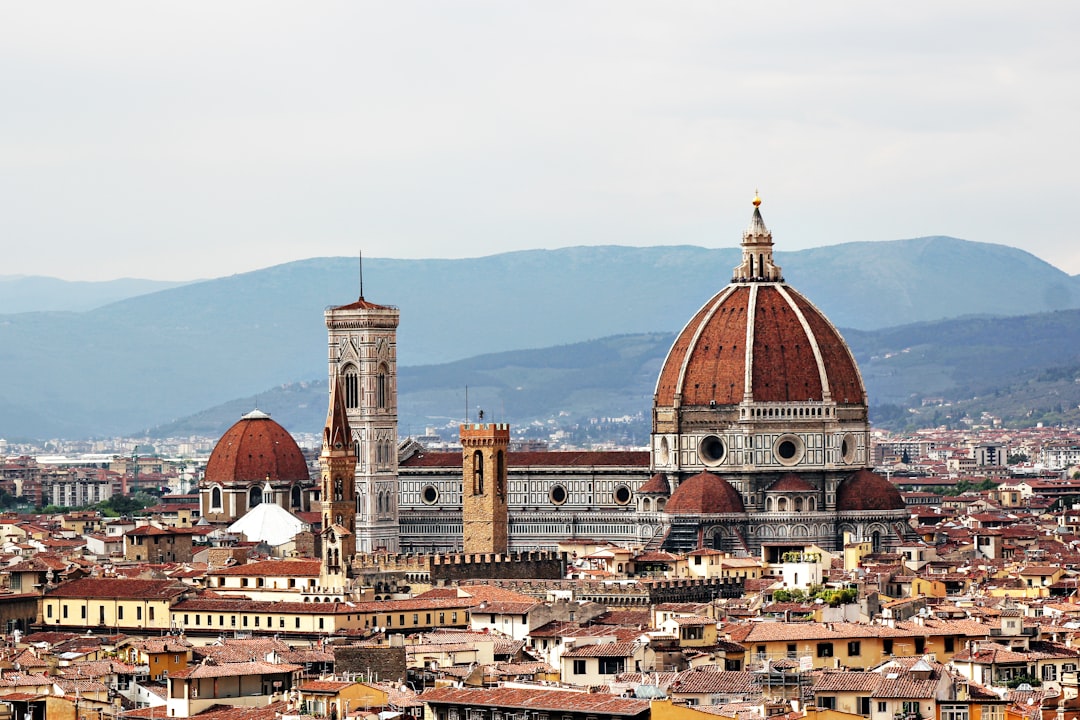Pitti Palace

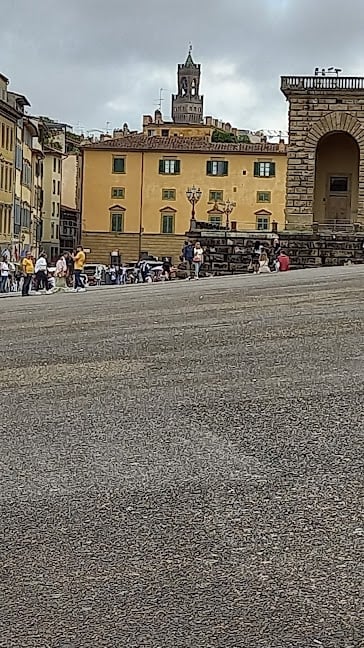
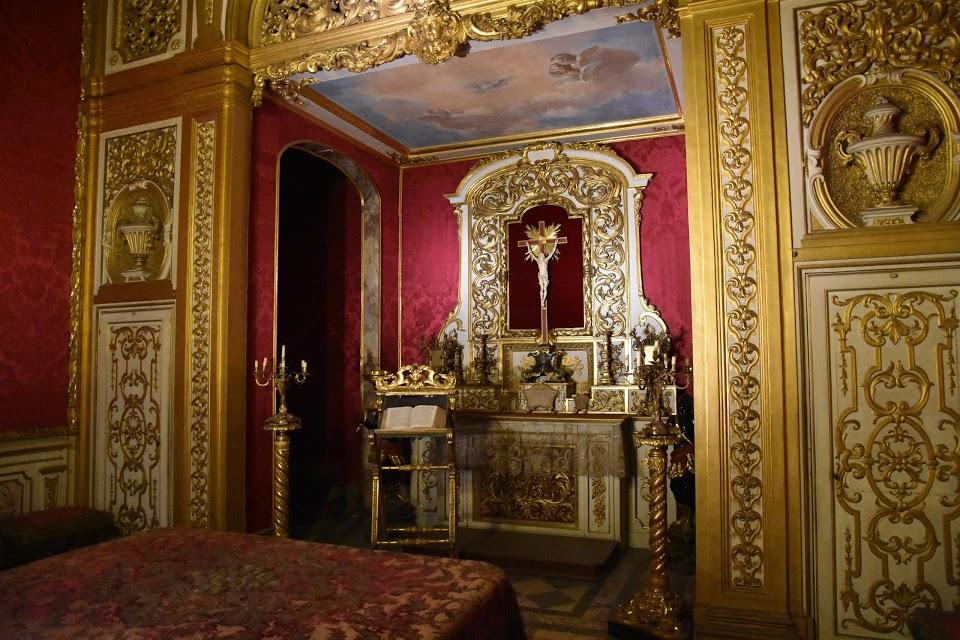

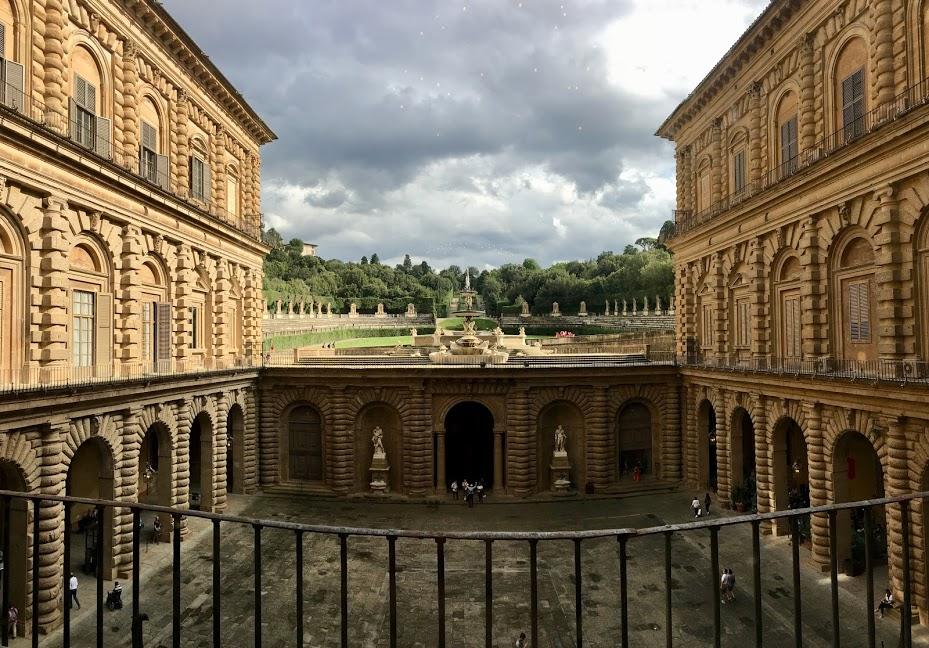
Ask ThatchGPT
Suggest a local expert to plan my trip
Suggest an unique itinerary for my Italy trip
What foods do Italy locals eat
What are some true hidden gems in Italy
Help me brainstorm trip ideas for Italy
Help me plan a family-friendly trip to Italy
What people say
Pedro Pereira
Available for hire
"According to Vasari, the Palazzo Pitti was designed by Brunelleschi, although this cannot be proven. The construction of this impressive building was carried out in the second half of the 15th century. The work was commissioned by the Florentine merchant Luca Pitti, a friend and ally of Cosimo de Medici, and was carried out by Brunelleschi's apprentice Luca Fancelli. Luca Pitti wanted his residence to be the most imposing in the city. Pitti bought all the houses between his new building and the walkway up the hill to build the Boboli Gardens.
A century later, Eleanor of Toledo, wife of Cosimo I de Medici, bought the building and from then on and for the next two centuries, the building was renovated and enlarged, practically as we know it today. With the extinction of the Medici family, the duchy and the building passed into the hands of the family of Lorraine and during the 19th century, Napoleon used it as a residence during his rule of Italy.
The building became the property of the House of Savoy in 1860, when Tuscany became a province of the Kingdom of Italy. King Victor Emmanuel II used Palazzo Pitti as his residence during the years when Florence was the capital of Italy. Later, in 1919, his nephew Victor Emmanuel III donated Palazzo Pitti to the Italian State, and it became the seat of important museums in the city.
Today, Palazzo Pitti contains important collections of sculptures, paintings, art objects, costumes and porcelain, in a huge museum complex comprising several museums:
- Palatine Gallery: a spectacular gallery that was originally the Medici gallery, this gallery brings together works by Raphael, Titian, Rubens, Correggio and other European artists belonging to the Renaissance and Baroque periods.
- Gallery of Modern Art: a magnificent collection of paintings and sculptures, especially by Italian artists, ranging from the 18th century to the First World War. Inside, there are also some works by Italian artists from the 19th and early 20th centuries on display.
- Costume Gallery (Galleria del Costume): this incredible collection of 6,000 items includes costumes from the 18th and 20th centuries, as well as costumes and accessories used in the theater. This is the only museum dedicated to the history of fashion in Italy, and also one of the most important in the world.
- Silver Museum (Museo degli Argenti): also known as the "Medici Treasury". Here, objects such as Chinese and Japanese porcelain, ivory vases, precious stones, mosaics, crystals and especially jewelry, both from the Medici and from the 17th to the 20th centuries, are on display.
- Porcelain Museum: this collection is the most beautiful in Europe in terms of porcelain objects. The original collection was supplemented by pieces belonging to the Savoia family and others that were brought from palaces in various parts of Italy."
Read more in:
Rebecca Nardi
"Il Palazzo Pitti è un'imponente residenza rinascimentale situata nel quartiere Oltrarno di Firenze. Un tempo dimora dei Granduchi di Toscana, oggi ospita una serie di musei e gallerie d'arte che espongono opere dal Rinascimento al Novecento. Con i suoi magnifici giardini di Boboli e le sontuose sale, Palazzo Pitti rappresenta un viaggio affascinante nella storia dell'arte e della cultura fiorentina.
Tipo di luogo:
Palazzo storico e complesso museale
Prezzo del biglietto:
Biglietto intero: 16 euro; Ridotto: 8 euro
(Prezzi soggetti a variazioni in base alle mostre temporanee)
Consigli utili per visitare il luogo:
È consigliabile dedicare un'intera giornata per esplorare il palazzo e i giardini. Si raccomanda di acquistare i biglietti online in anticipo per evitare code.
Cosa ammirare all'interno:
• Galleria Palatina: Opere di Raffaello, Tiziano e Caravaggio.
• Museo degli Argenti: Tesori della famiglia Medici.
• Giardino di Boboli: Un giardino storico con grotte, fontane e statue.
Mostre permanenti:
Sì, incluse la Galleria d'Arte Moderna e il Museo della Moda e del Costume."
Baylee Wallace
Available for hire
"Palazzo Pitti is a magnificent Renaissance palace in Florence that showcases the grandeur of the Medici family and offers a rich tapestry of art and history. Home to several museums, including the Palatine Gallery and the Boboli Gardens, the palace features an extensive collection of paintings, sculptures, and decorative arts, reflecting the opulence of the era. Visitors can explore its lavish rooms and beautiful gardens, making Palazzo Pitti a must-visit destination for art lovers and history enthusiasts seeking to immerse themselves in Florence's cultural heritage."
Read more in:
Mentioned in these guides
About Pitti Palace
Get the inside scoop on Pitti Palace from local experts, travel creators, and tastemakers. Browse genuine trip notes, Pitti Palace reviews, photos, travel guides, and itineraries from real travelers and plan your trip with confidence.
Phone
Save this spot for later or start mapping out a new trip today
Try our AI Travel Assistant and get instant answers to any questions about your trip.
Ask ThatchGPT

